Visible or white light is made up of a range of colours each with a different wavelength. One way to see the different colours is to use a prism to split the light. When white light enters the prism it slows down and changes direction. The amount the light changes depends on the wavelength. Red light changes direction the least and violet the most.
Visible light is the part of the electromagnetic spectrum we can see. Each colour has a range of wavelengths. Red has a long wavelength and low frequency and violet has a short wavelength and high frequency.
What is a prism?
A prism is a triangular block of glass or perspex which splits light into its constituent colours.
When light enters a prism it is refracted. Each colour of the spectrum is refracted by a different amount and the colours are dispersed ( spread out ) allowing you to see them.
A prism is a great way to demonstrate visually that white light is actually made up of 7 different colours.
How to split white light with a prism
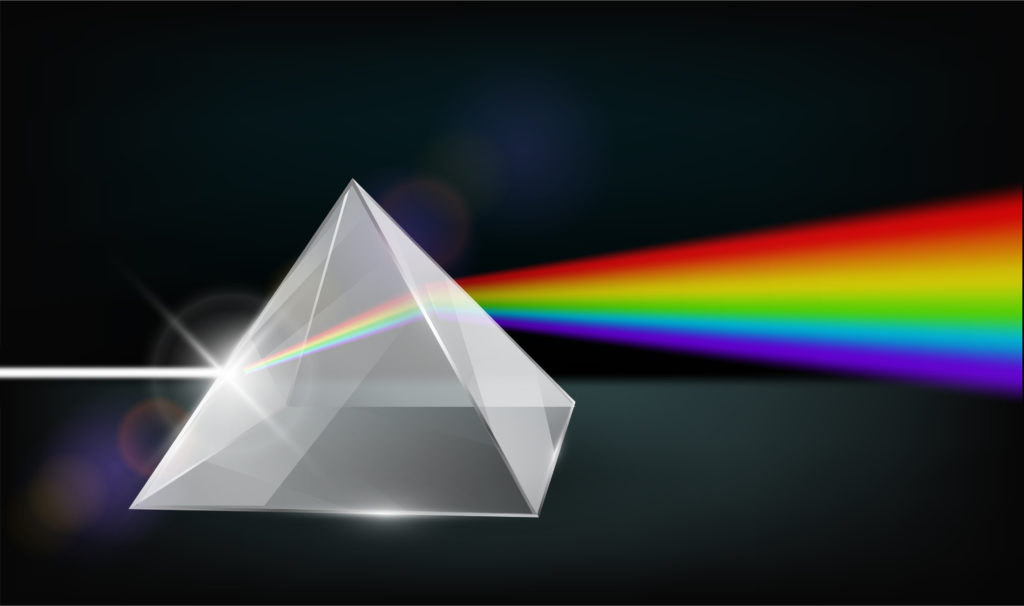
What you need to split light
Triangular prism
White cardboard
Large sheet of white paper
Dark coloured cardboard
Tape or glue
Large tray or sheet of thick card
How to use a prism
If it's not a sunny day, you can use a torch.
Use the dark card to create a slit over a sheet of white card. Place the card so sunlight shines through giving a thin beam of light.
Place the prism over the light and rotate it until you can see the light split into the spectrum of colours.
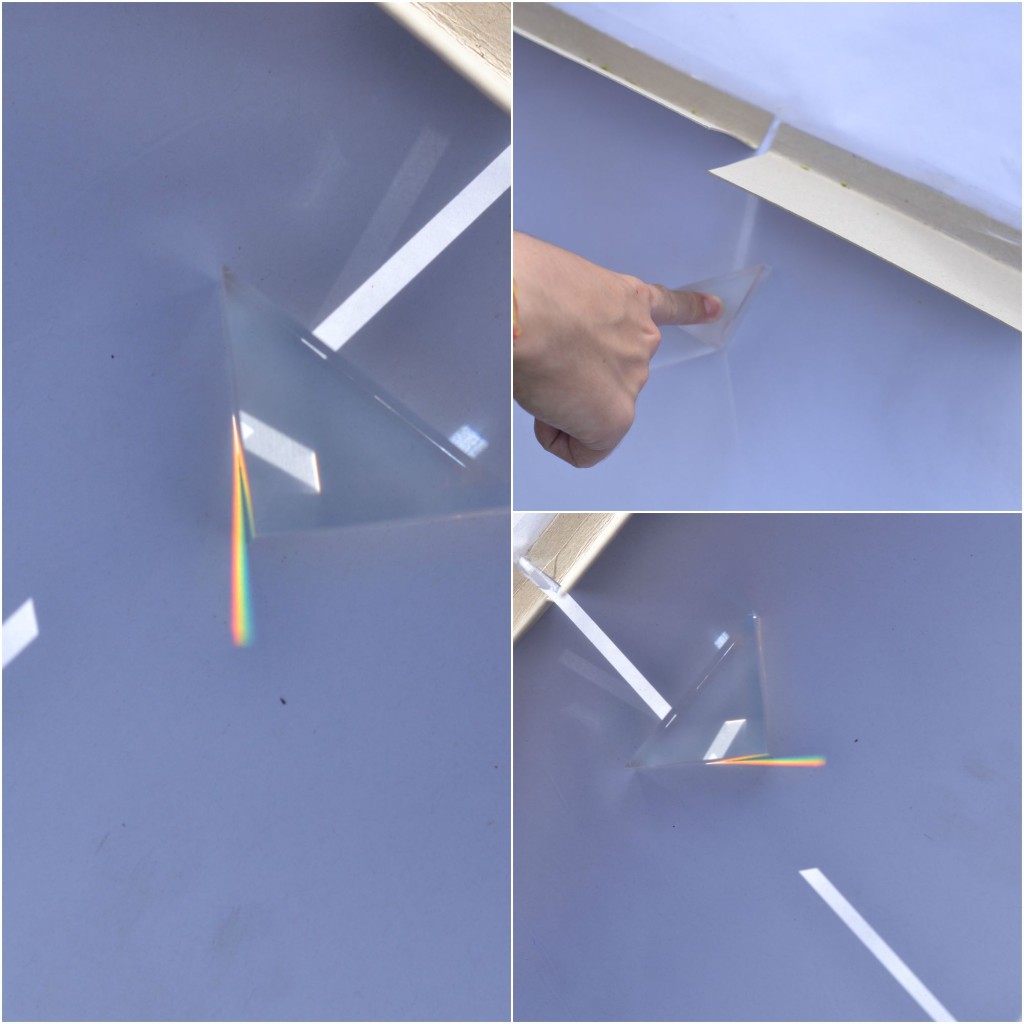
Why does a prism split light?
White light, which enters the prism, is a mixture of different wavelengths, which get bent ( refracted ) by different amounts though the prism, allowing them to be seen separately.
Facts about light waves
Light travels in straight lines.
It takes 8 minutes and 20 seconds for light to reach Earth from the Sun.
Light waves can travel through a vacuum.
Visible light is a form of electromagnetic radiation.
Light waves are much faster than sound waves.
Wavelengths of the visible spectrum of light range from 400nm ( violet end ) to 700nm (red end ).
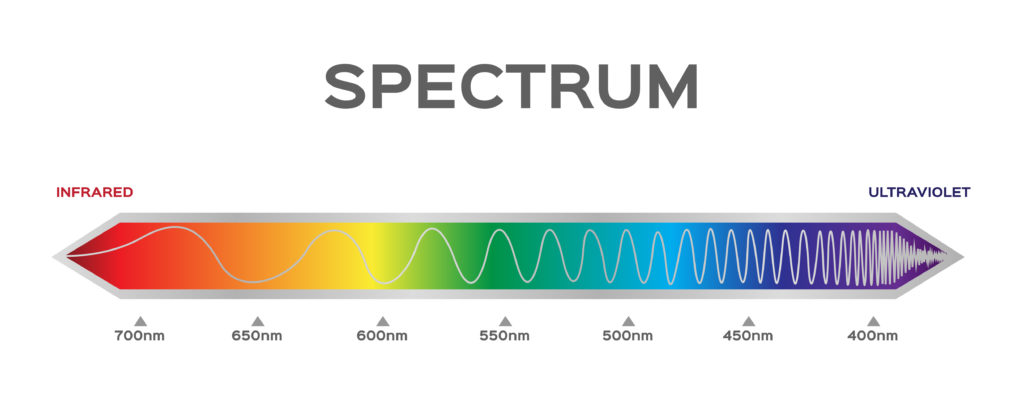
More learning activities about light
Find out how to make a rainbow using a hosepipe!
Reverse the direction of arrows with this easy light refraction experiment.
Learn about how light travels in straight lines by making a light maze.

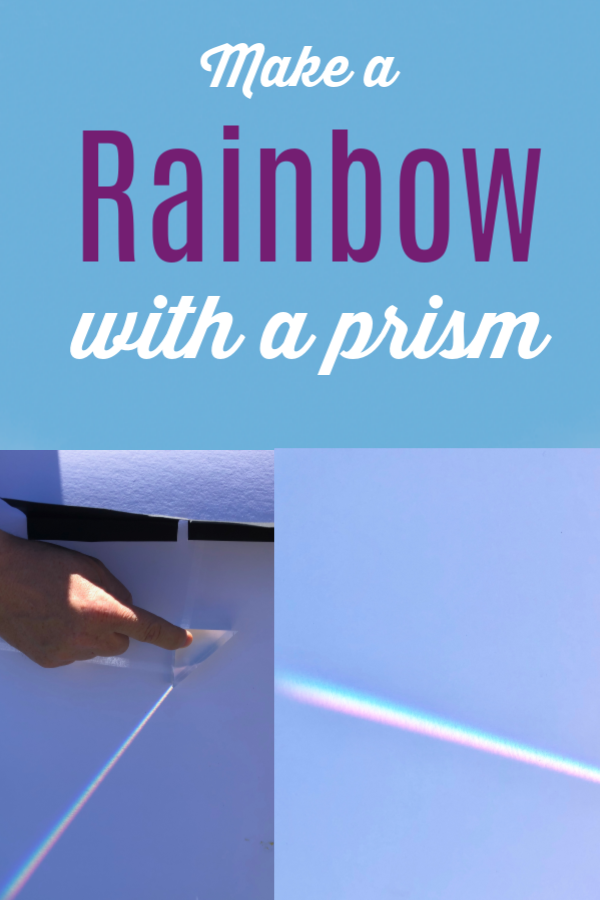
Last Updated on May 7, 2022 by Emma Vanstone
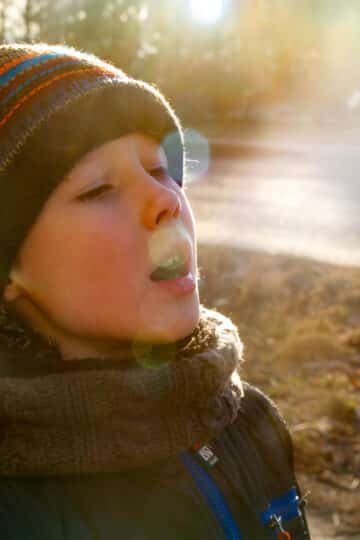
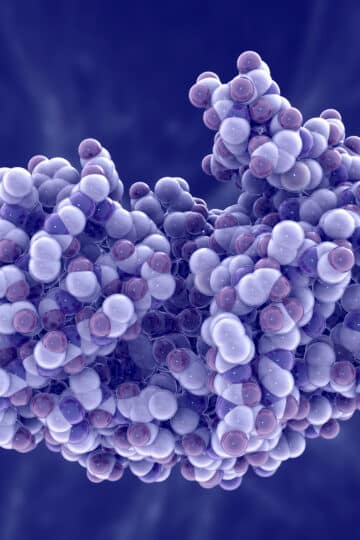
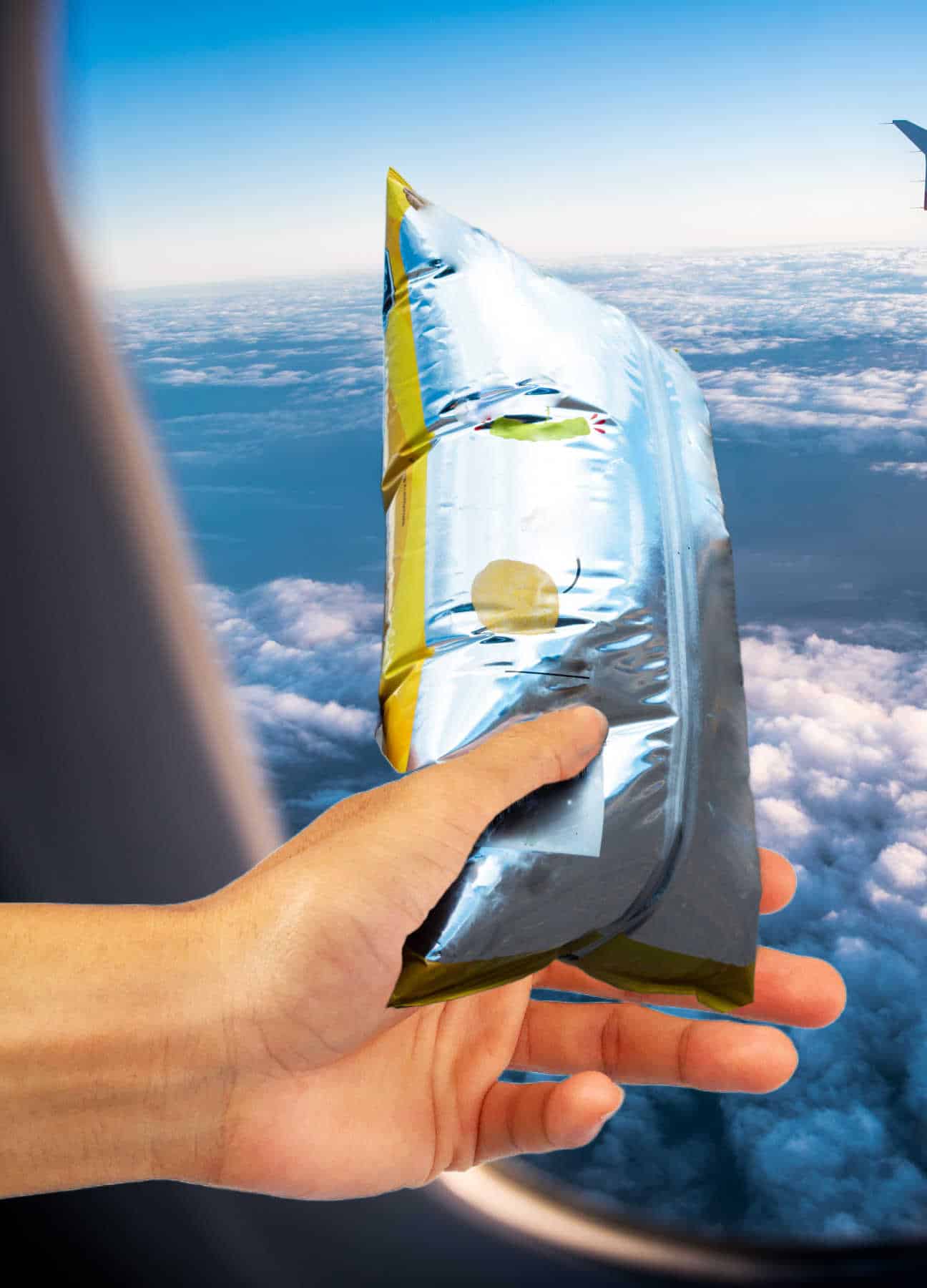
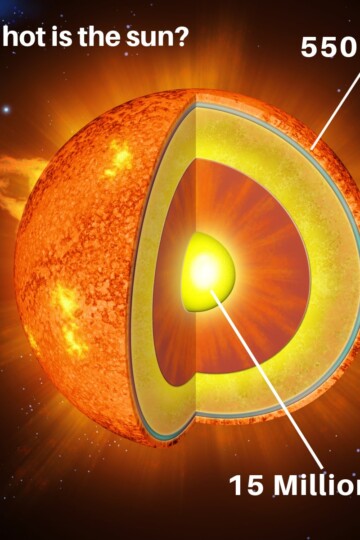
Leave a Reply